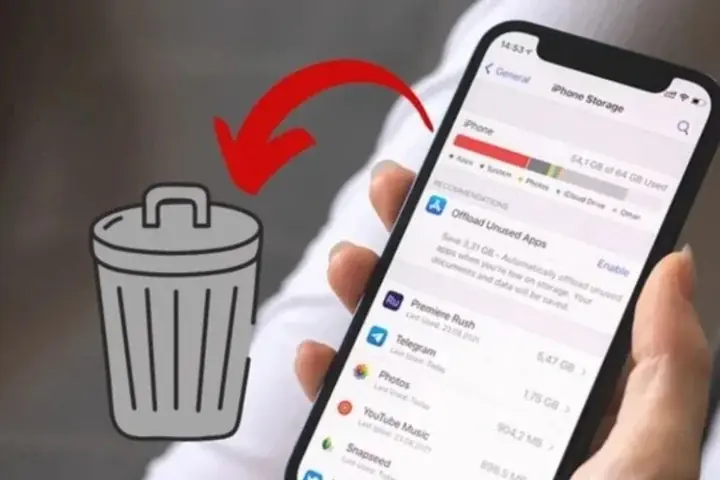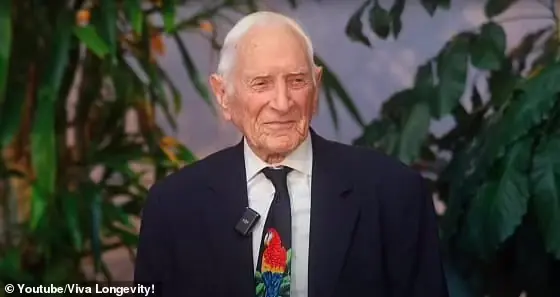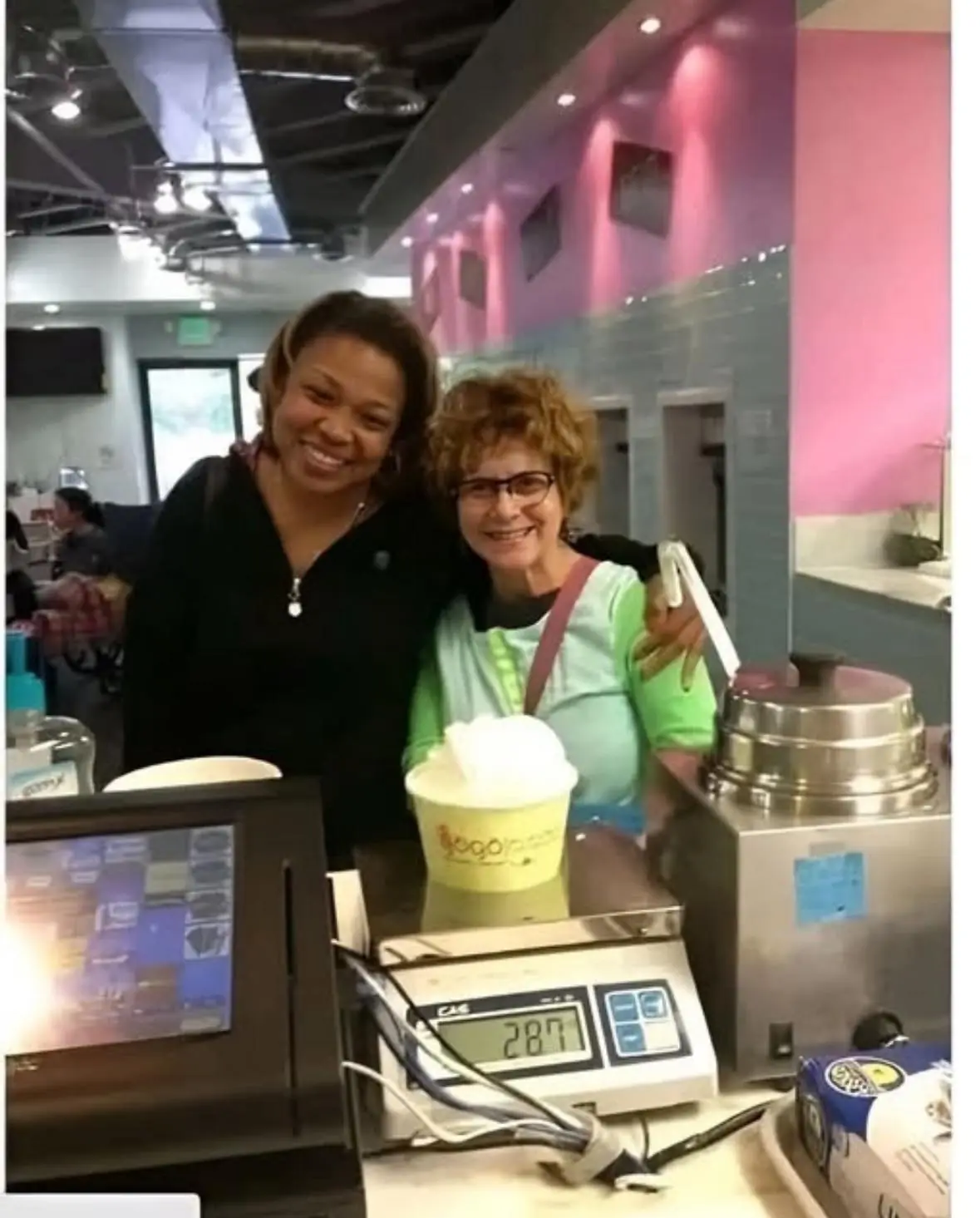
Doctor reveals disturbing reason she "threw away her air fryer" after explaining major risks
Dr. Poonam Desai’s warning about air fryers and her advice on milk consumption have sparked significant debate in the health community.

Emojis have revolutionized the way we communicate in the digital age. Originally introduced on Japanese mobile phones in the late 1990s, these small pictograms have quickly become integral to online conversations across the globe. From smiley faces to complex icons, emojis now serve as visual representations of our emotions, reactions, and even ideas, enriching the way we interact. However, there’s more than meets the eye when it comes to emoji use, especially as different generations interpret them in unique ways.
As emojis evolve, so does their meaning, and this evolution has sparked a generational divide in how we understand and use these digital symbols. While Millennials and Gen Z are known for their heavy use of emojis, each generation brings its own flavor and interpretation to these icons. Let’s explore how emojis have evolved and why generational differences in emoji use are unlikely to disappear anytime soon.
Emojis began as simple emoticons, such as the “:)” or “:(,” which were used to convey basic emotions in text-based conversations. However, it wasn’t until the late 1990s that emojis as we know them began to take shape. The development of the first emoji set on Japanese mobile phones was a game-changer, allowing for a more visual, nuanced way to convey emotions in text. This shift helped bridge the gap between written language and non-verbal cues that are typically present in face-to-face communication.
Dr. Anne Framroze, an adjunct lecturer in the Online Masters of Communication Management Program at the University of Southern California, notes that "like many sociolinguistic practices, emoji use continues to evolve." This evolution mirrors how language itself evolves over time, with younger generations adding new meanings to existing emojis, much like how words shift in meaning over time.
As emojis have become more ingrained in digital communication, different generations have started using them in distinct ways. The rise of social media platforms has accelerated this divide, as younger users—particularly Gen Z—have begun to attach new meanings to emojis that older generations, such as Millennials or Generation X, may not fully understand. For example, the skull emoji, which once symbolized death or danger, has become a symbol of humor for Gen Z, signifying something funny or ironic.
Dr. Dustin York, an associate professor of communications at Maryville University, explains that “generations have used language differently for hundreds of years to display youthful uniqueness.” For instance, terms like “Da Bomb” used in the 1990s were alien to older generations, just as the evolving meanings of emojis are now creating a linguistic divide between Millennials and Gen Z.
For Millennials, the crying-laughing face emoji 😂 might convey humor, while Gen Z may see the same emoji as outdated, preferring a different symbol to express amusement. These shifts in emoji meanings highlight how generational trends shape language and communication.
Emojis aren’t just a passing trend; they represent a new form of communication that transcends language barriers. They allow people to express emotions, tones, and even sarcasm, without the need for lengthy explanations. This is especially important in today’s fast-paced, digital world, where people often rely on short, visual messages to convey meaning quickly.
According to Dr. Oscar Barroso Huertas, a professor at CETYS University in Mexico, emojis serve as a "psycho-graphic" tool to reflect the emotions and tone behind a conversation. "Emojis express emotions, which the typographic element does not reflect, attributing one specific tone to the conversation," says Barroso. This means that emojis help shape the context and feel of a conversation, which can vary greatly depending on who is using them.
The key takeaway here is that emojis serve as more than just visual shortcuts—they have become an essential part of how people of different ages interact and express themselves digitally. However, as with any language, their meanings can evolve, creating generational gaps in understanding.
Technology has played a significant role in how emojis are used and understood. Generation X, for example, grew up in the era of flip phones and the early internet, a time when communication was more text-based. Millennials, however, were the first to embrace smartphones and the emoji culture, incorporating these symbols into daily conversations.
"Millennials made these icons their own, which the previous generation had despised," explains Barroso. Generation Z, in turn, has taken emojis to the next level, blending different symbols and meanings to create a new way of communicating. As the use of emojis continues to evolve, it's clear that each generation adds its own twist to the growing language of digital communication.
Emojis are more than just a fun way to express emotions—they are a reflection of cultural shifts in communication. As Dr. York points out, "If you think word choice is important, you also believe in emojis." Just as words evolve to reflect changes in society, emojis too have adapted, taking on new meanings and uses that reflect the values, humor, and priorities of different generations.
In the future, it’s likely that new emojis will continue to emerge, each with its own unique meaning. Just as we needed the Rosetta Stone to translate ancient languages, we may one day need a "Rosetta Stone" for emojis to help bridge the generational divide in understanding.
The generational divide in emoji use may seem like a small issue, but it speaks volumes about the way language and communication evolve over time. As each generation makes its mark, emojis will continue to evolve, taking on new meanings that reflect the cultural and social shifts of the time.
Whether you’re a Millennial, Gen Z, or even part of the older generations, understanding the evolving language of emojis can help you communicate more effectively in today’s digital world. So, the next time you send an emoji, remember that you might be sending more than just a picture—you're sending a piece of history and culture that reflects the generation you belong to.
This article was inspired by insights from experts such as Dr. Anne Framroze, adjunct lecturer at the University of Southern California, and Dr. Dustin York, associate professor of communications at Maryville University. The sources of information were also enriched by discussions from Dr. Oscar Barroso Huertas from CETYS University, along with studies published in Forbes and other credible platforms. These insights help us understand the evolving language of emojis and their growing significance in communication.

Dr. Poonam Desai’s warning about air fryers and her advice on milk consumption have sparked significant debate in the health community.

The healing process begins almost immediately after you stop drinking, with visible improvements occurring over weeks and months.







Explore how c@ncer causes de@th through a detailed simulation. Learn about the stages of c@ncer progression, including organ failure, infection, cachexia, and more. A sh0cking look at the realities of c@ncer's impact on the body.



Discover how a new tiny machine is changing the way cholesterol is removed from bl00d vessels. This minimally invasive technology could reduce the need for surgery and offer a safer, more effective solution for cardiovascular health.


Discover the truth behind rinsing ground beef before or after cooking. Experts weigh in on food safety, potential risks, and the best practices for preparing ground beef safely.

Learn about the 17 warning signs of c@ncer, from abnormal periods to unexplained weight loss. Discover how early detection through screenings and being aware of changes in your body can help you fight cancer effectively.

Discover the seven life-changing rules followed by 102-year-old nutrition professor Dr. John Scharffenberg. Learn how to live longer and healthier with these simple but scientifically-backed habits.



Researchers in Australia have taken a major step forward in the search for a cure for HIV, developing a groundbreaking treatment that forces hidden fragments of the virus to expose themselves, enabling the immune system to target and eliminate these viral

These natural ingredients have been used for centuries due to their gentle yet effective properties, which make them suitable for all skin types, even sensitive or acne-prone skin.

Dr. Poonam Desai’s warning about air fryers and her advice on milk consumption have sparked significant debate in the health community.

The healing process begins almost immediately after you stop drinking, with visible improvements occurring over weeks and months.

With regular use, this DIY cream can improve skin texture, reduce the appearance of wrinkles, and restore a youthful glow.




These 10 DIY potato and rice-based face masks offer a natural, cost-effective solution for reducing the signs of aging.


A heartwarming story of a young boy who stood up against an older man’s hara$$ment, teaching us all about bravery, kindness, and standing up for others. A true act of courage in a world that needs more heroes.



Explore how c@ncer causes de@th through a detailed simulation. Learn about the stages of c@ncer progression, including organ failure, infection, cachexia, and more. A sh0cking look at the realities of c@ncer's impact on the body.



Discover how a new tiny machine is changing the way cholesterol is removed from bl00d vessels. This minimally invasive technology could reduce the need for surgery and offer a safer, more effective solution for cardiovascular health.

By incorporating these milk face mask recipes into your skincare routine, you can achieve a glowing, youthful complexion without the need for expensive products or harsh chemicals.

A story of a woman’s clever, unexpected revenge after her husband’s betrayal. How a simple act turned the tables, leaving his new life in ruins. A mix of humor, cunning, and a touch of justice.

A stranger pays for a woman’s birthday yogurt, sparking joy and gratitude. Read this heartwarming story! ❤️🍦

By incorporating these simple, DIY cucumber-based recipes into your daily routine, you can achieve glowing, youthful skin without the need for harsh chemicals.